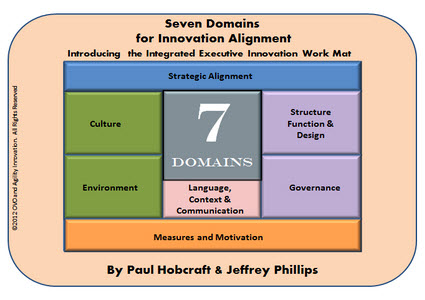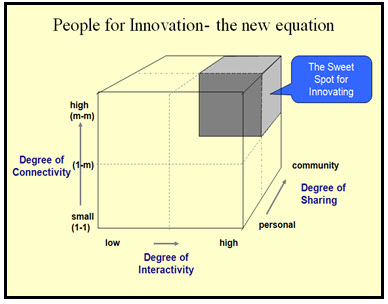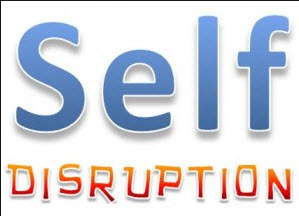![]()
Whatever we do, we do far better when we become emotionally connected. Often understanding a good story builds this emotional connection or simply puts you off. Stories can inspire and spark even greater ideas. The art of storytelling and making connections with the listener or reader has incredible value. Yet, a story has limited value. For me, it is the more powerful narrative that drives innovation, inspiring and gaining identification in multiple ways.
A story is linked to a series of events that take a character from one state to another. In contrast, a narrative is a system of stories that links values and events to establish a broader and often new cultural meaning.
Let’s draw down on so much of John Hagel’s work on narratives. It has shaped my thinking.








 “Why do we always seem to have internal difficulties to self-disrupt?”
“Why do we always seem to have internal difficulties to self-disrupt?”